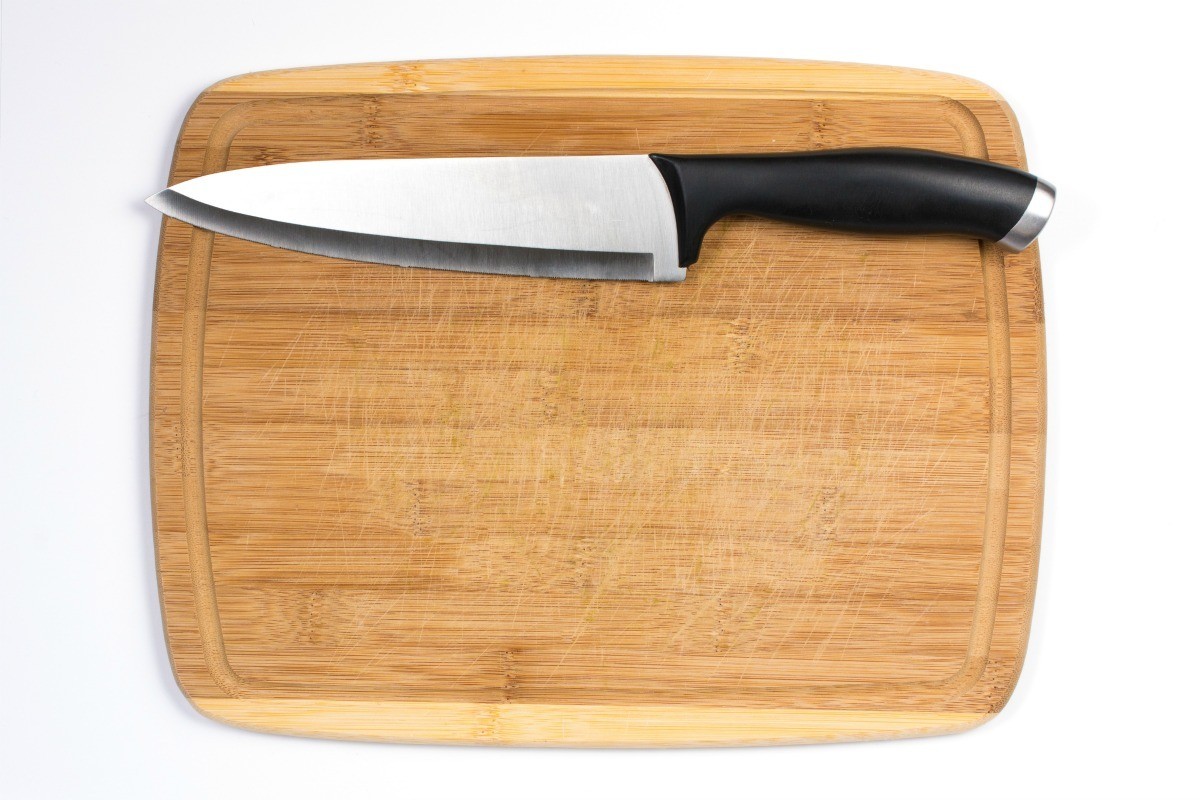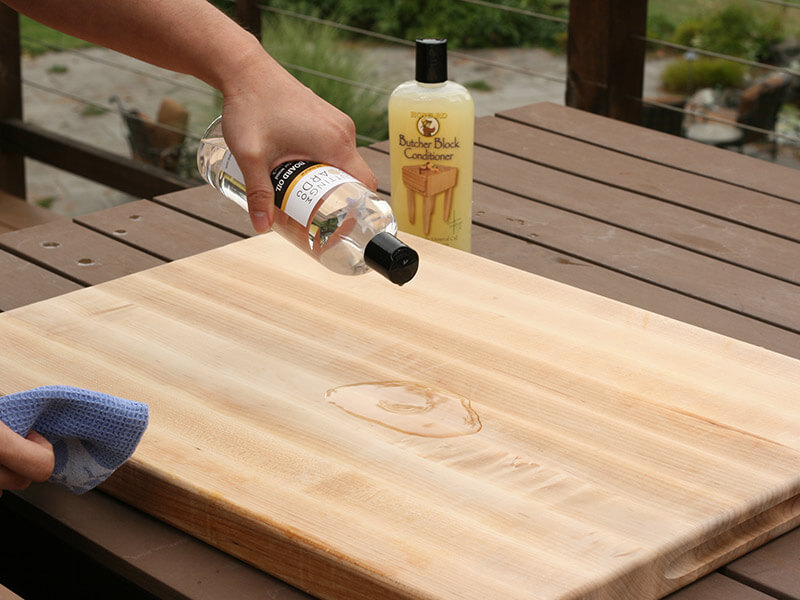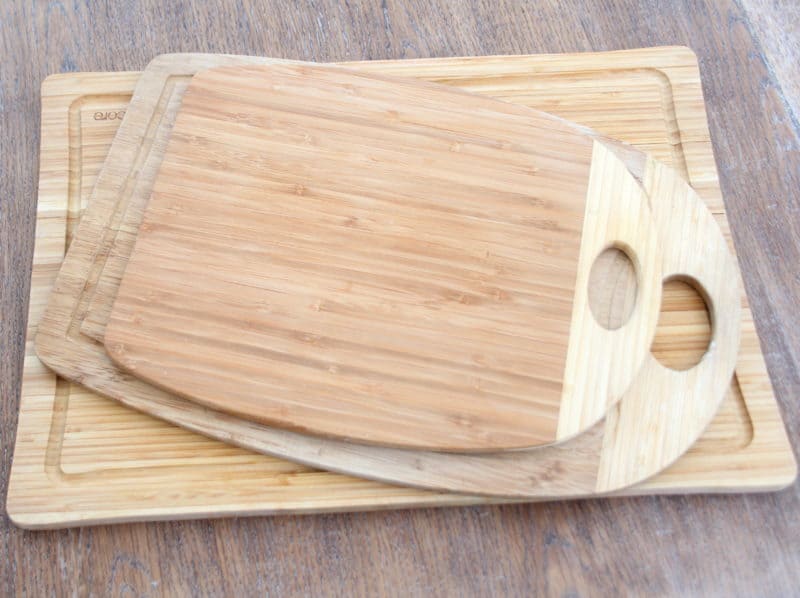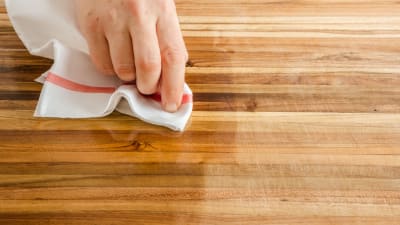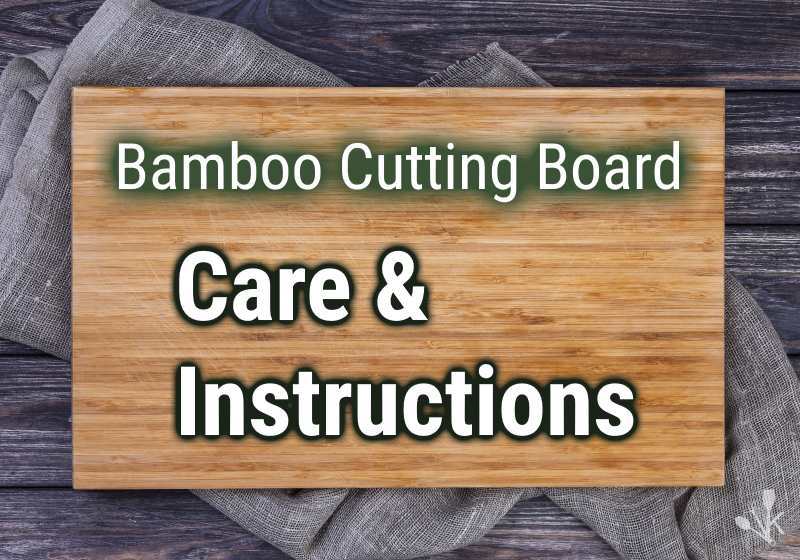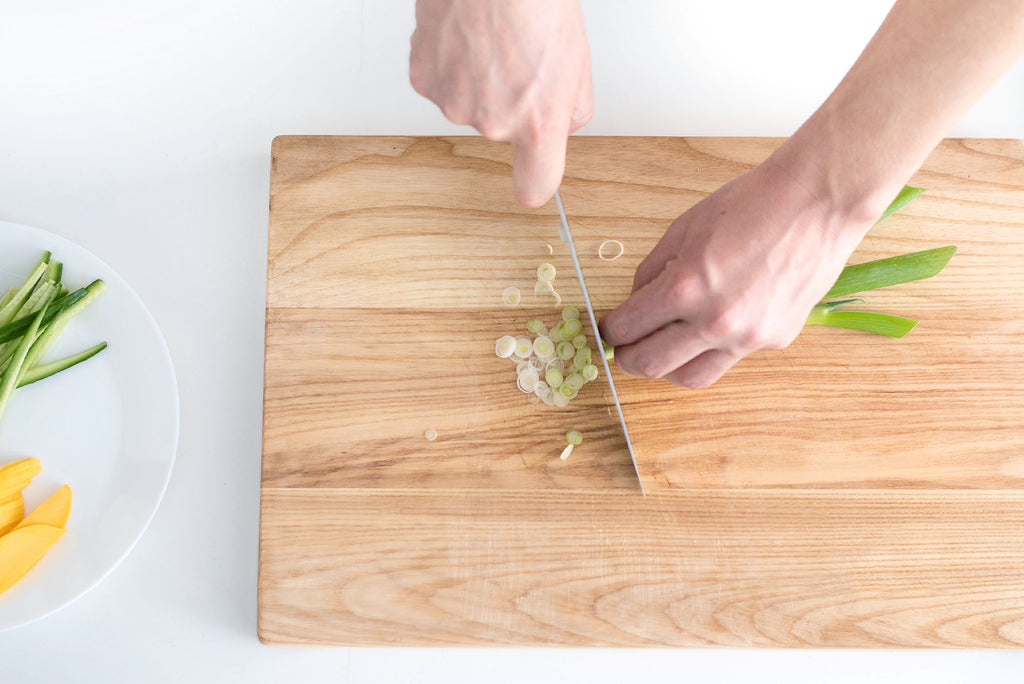How To Care For Bamboo Cutting Board Olive Oil

Beyond oiling cutting boards can need sanding or even complete refinishing so be sure to click the link below to learn how to bring wooden utensils back from the brink of death.
How to care for bamboo cutting board olive oil. Wash and dry the cutting board immediately after each use. The heat and water will warp and splinter the wood and void warranties from most manufacturers. Again use a clean cloth to apply the mineral oil over the entire surface of the board. The wood will absorb water and potentially warp.
Rinse with hot water afterward and then towel try. Keep it overnight and buff off excess oil so that your board doesn t feel damp. How to care for bamboo cutting boards. Olive oil corn oil and sunflower oil should be used to maintain a cutting board or butcher block.
As a cutting board touches your food substances that can turn rancid should be avoided. Either spray it on than wipe or put some on a cloth wiping with the way the bamboo is placed. The good news that that a diluted bleach solution is safe for you and your cutting board. Food should always be tasty.
These oils will go rancid. Scarring from knives and the reaction to water and steam create nicks and microscopic cracks in cutting boards where bacteria can grow. Wipe off the water and let the board air dry. You can also use mineral oil.
To season put about cup of food grade mineral oil in a saucepan and warm it on the stove. I m sure if you use your bamboo spoons or bowls after a while with regular use you would need to do the same. Other oils to use in order to revitalize the base substance you can apply mineral oil over the surface of your board twice a month pour a few drops of oil and spread it throughout a board using a soft piece of cloth. Put the board in the dishwasher.
This will stain the. It is very dangerous as it is a process that yields a rank smell and unpleasant taste. Proper cleaning and washing. Cleaning and oiling your board.
While bamboo is naturally resistant to scarring and does not absorb water readily it is a fiber and does need minimal cleaning and care. Wash the board after use with warm or hot water and soap and rinse. Add one teaspoon of bleach to one quart of water and flood the board. You don t need it.
Dunk or let the board in stand in water. Building up a good seasoning with mineral oil takes more time but is less expensive.

